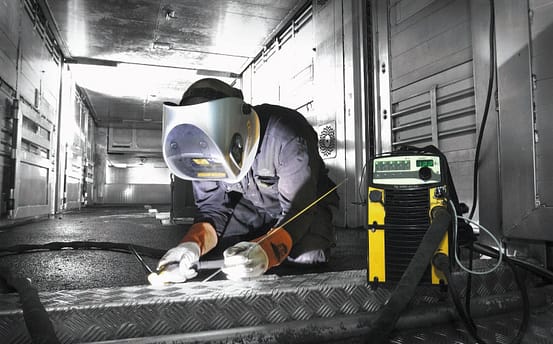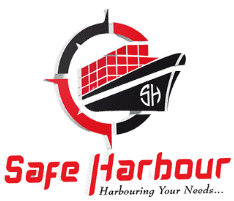Introduction
Welding equipment plays a crucial role in various industries, from construction and manufacturing to automotive and aerospace. To ensure the safety of welders and the quality of welds, regular maintenance of welding equipment is essential. Proper maintenance not only extends the longevity of the equipment but also enhances its performance, leading to efficient and effective welding operations. In this blog, we will explore some essential tips for welding equipment and welding machine maintenance to achieve optimal longevity and performance.

- Regular Cleaning: Keeping your welding equipment clean is the first step in maintenance. Dust, debris, and welding spatter can accumulate on the equipment, affecting its performance and potentially causing malfunctions. Regularly clean the welding machine, welding torch, and other accessories using appropriate cleaning tools and materials.
- Inspect Cables and Connections: The cables and connections of the welding equipment are vulnerable to wear and tear. Inspect them regularly for any signs of damage, fraying, or loose connections. Damaged cables can lead to power fluctuations and poor weld quality. Replace damaged cables immediately to prevent accidents and ensure consistent performance.
- Check Cooling Systems: Welding machines often have cooling systems to prevent overheating. Ensure that the cooling system, such as fans or water cooling units, is functioning correctly. Clean any cooling vents or filters to avoid dust accumulation, which can impede airflow and lead to overheating issues.
- Calibration and Calibration Checks: Regularly calibrate your welding equipment to ensure accurate voltage, current, and temperature readings. Calibrated equipment guarantees consistent and precise welding results. Additionally, perform calibration checks periodically to verify that the equipment remains accurate and reliable over time.
- Lubrication: If your welding machine has moving parts or mechanical components, lubrication is crucial to reduce friction and wear. Follow the manufacturer’s guidelines on the appropriate lubricants and schedule for lubricating these components.
- Store Properly: When not in use, store your welding equipment in a clean and dry environment. Protect it from extreme temperatures and humidity, which can damage sensitive electronic components. Proper storage helps prevent corrosion and extends the life of the equipment.
- Replace Worn Consumables: Welding torches, nozzles, and other consumables wear out with use. Regularly inspect and replace worn-out consumables to maintain the quality of welds and ensure safe and efficient welding operations.
- Follow Manufacturer’s Maintenance Guidelines: Always refer to the manufacturer’s maintenance guidelines and recommendations. They provide valuable insights on specific maintenance tasks and schedules tailored to your welding equipment model.
Conclusion
Proper maintenance is key to maximizing the longevity and performance of welding equipment, such as welding machines and welding torches. Regular cleaning, inspection, and calibration checks are essential to identify and address any issues before they escalate. By following the manufacturer’s guidelines and investing in regular maintenance, businesses can ensure the safety of welders, enhance welding quality, and increase the lifespan of their valuable welding equipment. Remember, a well-maintained welding setup not only saves costs in the long run but also contributes to improved productivity and reliable results.

